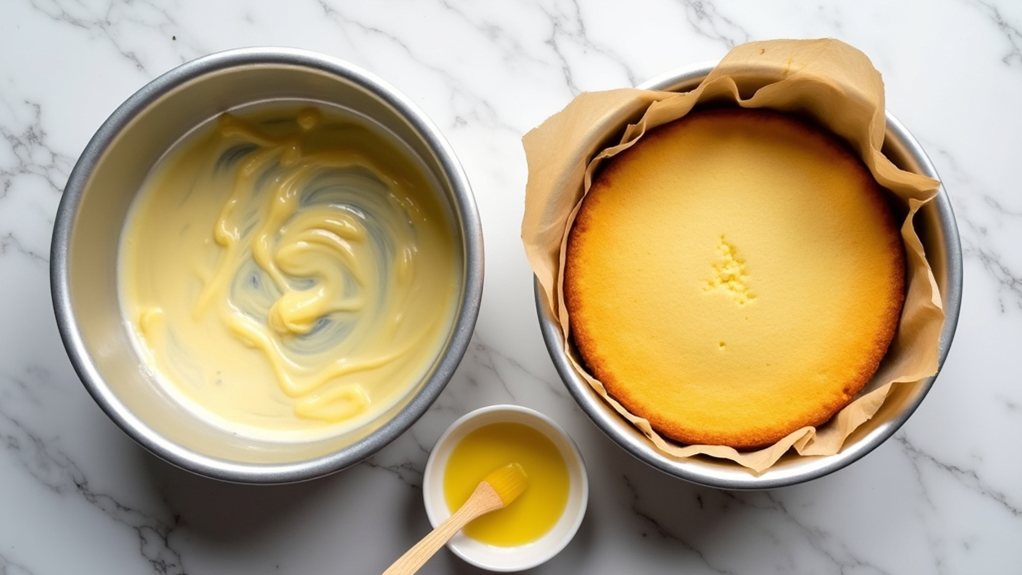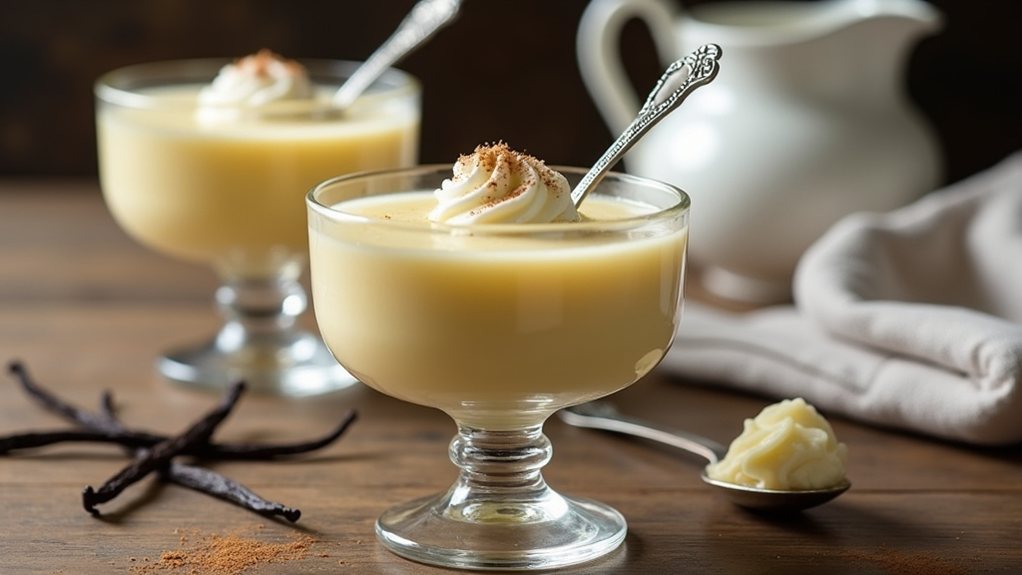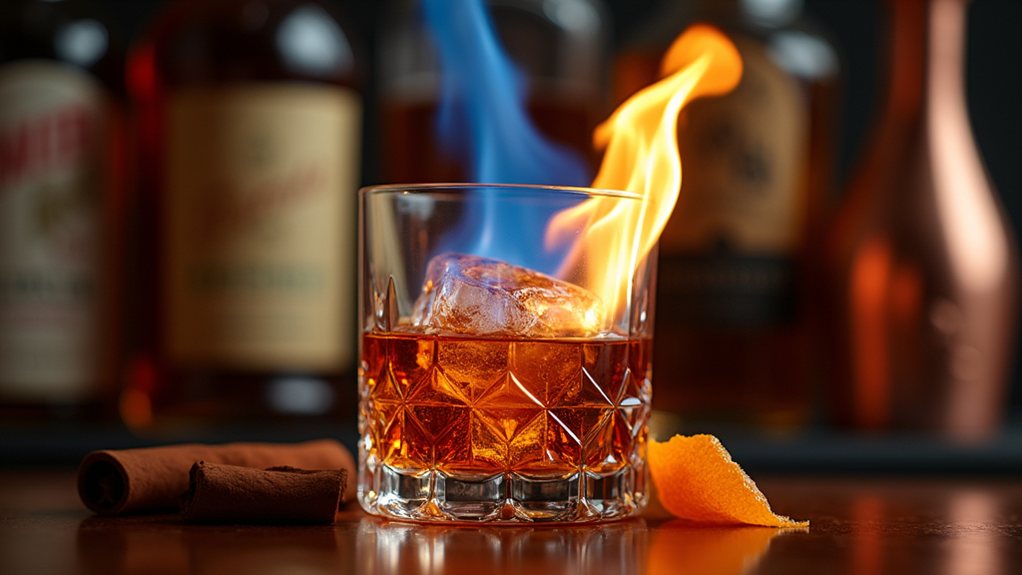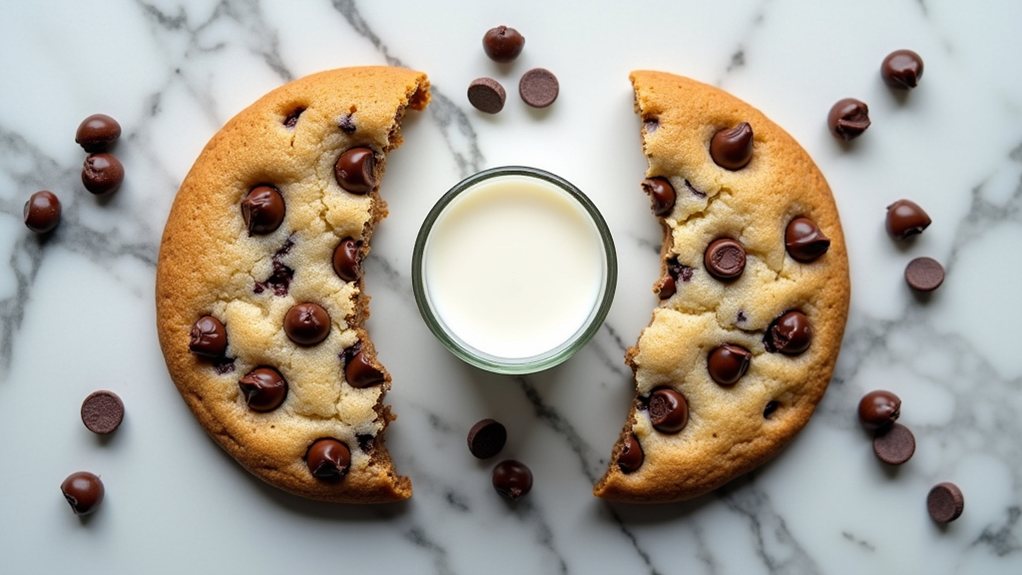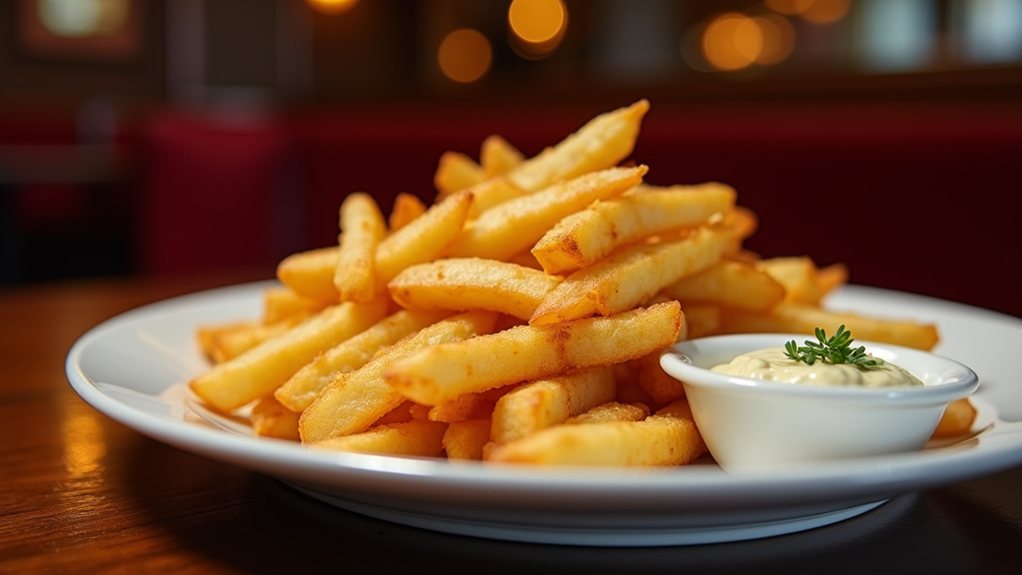Butter, that golden staple of baking, might be sabotaging your cakes without you realizing it. Many home bakers face the frustrating experience of a perfectly baked cake refusing to release from its pan, leaving chunks behind despite careful greasing. The culprit often lies in butter's complex composition, which includes water and milk solids that behave unpredictably when heated. What seems like the most natural choice for pan preparation can actually create the perfect conditions for sticking. The solution might surprise you.
The Butter Dilemma: Friend or Foe

In relation to baking the perfect cake, butter often takes center stage as both hero and potential villain in the delicate chemistry of our favorite desserts. Its rich, creamy taste brings undeniable flavor to cakes, but the same properties that make butter delicious can sometimes interfere with a cake's texture and structure. Bakers who struggle with dense, collapsed, or sticky cakes might be surprised to learn that their butter usage could be the culprit behind these common baking mishaps.
When it comes to greasing cake pans, butter presents a particular challenge. While many recipes call for buttering the pan, the water content and milk solids in regular butter can actually cause cakes to stick, creating frustration when it's time for removal. Salted butter is especially problematic, as its composition tends to promote sticking rather than prevent it. Understanding that different types of solid fats perform differently can help bakers make more informed choices for their pan preparation.
Many professional bakers have found that clarified butter, with its reduced water content, performs better for pan preparation, though combining butter with parchment paper remains the most reliable method for ensuring cakes release cleanly while maintaining that desired buttery flavor around the edges.
The role butter plays in cake texture extends beyond just pan preparation. During the creaming process, butter traps air bubbles that contribute to proper rise and structure, with its solid fat being particularly effective at retaining these essential pockets of air. However, balance is key, as excessive butter can lead to dense, heavy cakes that struggle to rise properly.
The moisture in butter creates steam during baking, assisting with leavening but potentially compromising structure if not carefully balanced with dry ingredients. While butter contributes to a compact crumb, it typically results in less height compared to cakes made with other fats like shortening or oil. Similar to how carbon dioxide affects bread proofing, the steam generated by butter's water content influences how your cake rises during baking. Much like in air fryer recipes where internal temperature is crucial for properly cooked meat, monitoring your cake's doneness is essential for achieving the perfect texture.
For bakers seeking alternatives, direct substitutions with oil aren't generally advisable without recipe adjustments. Oil-based cakes often rise higher and stay moister longer, but lack butter's distinctive flavor profile.
A partial substitution approach, using both butter and oil, can combine the benefits of flavor and moisture while mitigating the potential drawbacks of using butter exclusively. This balanced approach often yields cakes that satisfy both texture and taste requirements.
